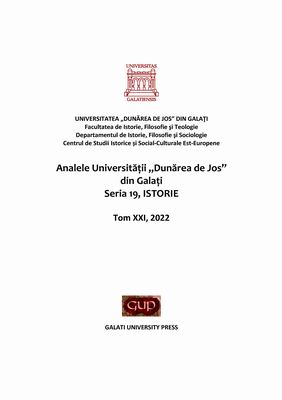Şcolile secundare din România în perioada 1918-1948
Secondary Schools in Romania Between 1918 and 1948
Abstract
In the Romanian educational space, secondary education underwent various paradigm shifts, after 1919, having as main responsibility the formation of a nation with a deep general culture, formed for university education and prepared for raising the level of education throughout the country. According to the pedagogical currents of the time, secondary education was presented as an intellectual school, but with lower-than-expected performance, which led to the introduction of exams at the end of each school year and the baccalaureate exam in 1925, hoping to increase the quality of education and, consequently, to have well-prepared graduates. The impact produced by these changes led to the increase of philosophical education, starting with 1926, in the idea of training students in the spirit of conceptions about the world and life, as a result of finding that young people were disoriented, professionally. This type of education, focused on theorizing, developed to the detriment of realist education, reaching in the first half of the twentieth century the conclusion that in Romania were trained too many clerks and too few “people with a trade”. Only after the great economic crisis of 1931 the high school acquires practical orientation, and from 1934 it returns to the old form of high school, as a school of general culture, a school for the selection of intellectual elites.
Normal schools are constantly evolving in number, immediately after the war, in line with democratic ideas and socio-political needs that required an educated citizen, able to manage the two consequences of electoral and agricultural reforms, the vote and private property. The normal school, in general, participated intensely in the increase of the educational level, especially in the rural environment, particularly in the conditions in which the number of teachers and the number of normal schools increase, so that in the interwar period the number of normal schools had reached 111, approximately two schools in each county, each school doubled the number of classes, the number of years of study increases from six years to seven years, by the law of 1924 and from seven years to eight years in 1931.
Individualism focused on the formation of the individual and starts from the fundamental premise that the human individual is of paramount importance in society. The society being made up of educated individuals, it had all the chances to become an educated society.



